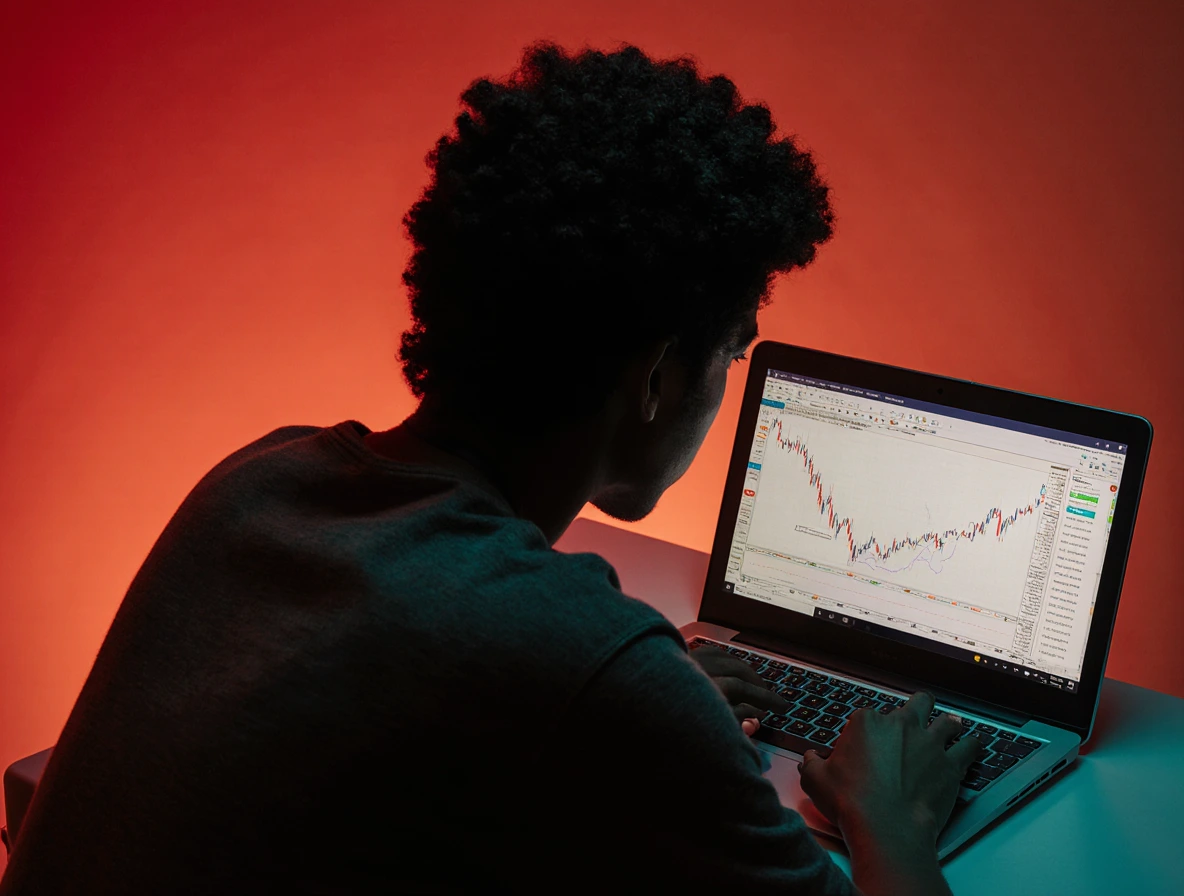
Trading forex and CFDs side by side can feel like orchestrating a duet — each instrument adds its own melody, but together they create harmony. By blending currency pairs with contracts for difference on stocks, indices or commodities, traders can diversify exposure, fine‑tune leverage and hedge unwanted risks without overcomplicating their portfolios. In this guide, we’ll unpack how forex and CFD instruments work together, explore practical synergy mechanisms, and share integrated strategies suitable for all experience levels.
What Are Forex And CFD Instruments?
Forex (foreign exchange) trading involves swapping one currency for another at the current market rate, profiting from tiny “pip” movements. It’s a pure play on macro factors — interest‑rate shifts, central‑bank cues and global risk appetite.
CFDs, by contrast, let you speculate on price moves of virtually any asset — equities, indices, commodities — even cryptocurrencies, without taking physical delivery. You simply agree with your broker to exchange the difference between entry and exit prices, multiplied by your position size.
Together, these instruments offer complementary exposures across global markets, all wrapped in the same trading account.
Why Integrate Forex And CFD Strategies?
Diversification Benefits
Relying solely on major currency pairs exposes you to macroeconomic risk — what if the EUR/USD stalls for weeks? Adding stock‑index or commodity CFDs can smooth your P&L curve: when one market naps, another often moves.
Leverage Optimization
Different assets carry different margin requirements. Forex might offer 50:1 leverage, while equity CFDs could be capped at 10:1 or lower. By allocating capital across both, you can tailor your overall leverage to match your risk tolerance, avoiding an all‑in tilt.
Hedging Opportunities
If your core trading focus is on a stock index CFD, you can use correlated forex crosses — like USD/CHF or AUD/USD — to hedge sudden equity shocks. Conversely, a sharp currency move can be cushioned by a short position in a related commodity CFD.
Mechanisms Of Synergy
Correlated Asset Exposure
Many currency pairs move in sync with commodity prices or equity indices. For example, CAD/JPY often tracks oil prices. By pairing a long crude‑oil CFD with a CAD/JPY long, you reinforce your directional view, boosting confidence in entry timing.
Spread Arbitrage Between Markets
Inefficiencies can arise when an economic release hits both forex and equity markets. A central‑bank surprise might simultaneously widen EUR/USD and a Euro‑zone stock index CFD. Quick arbitrage trades — long one, short the other — can lock in tiny, low‑risk profits.
Cross‑Product Carry Trades
Classic forex carry traders borrow low‑yield currencies (like JPY) to fund higher‑yield pairs (e.g., AUD/JPY). You can mirror this in CFDs by going long high‑yield equity or commodity CFDs while shorting low‑yield ones, capturing both carry and price appreciation.
Integrated Strategy Frameworks
Multi‑Asset Trend Following
Use a unified momentum indicator — say, a 50‑day moving average crossover — to signal entries across forex and CFDs simultaneously. When EUR/USD breaks above its MA and the DAX index CFD does too, that’s a green light for dual‑product trend trades.
Mean Reversion Across CFDs And Forex
Spot overbought conditions via RSI on a currency cross while identifying oversold zones in a correlated commodity CFD. Pairing mean‑reversion signals across assets enhances probability: one market reverts; often its cousin follows suit.
News‑Driven Hybrid Setups
For major Central Bank announcements, set staggered orders: a breakout entry on USD/JPY forex and a momentum‑style CFD play on S&P 500 futures. This diversified approach captures the full range of market reactions.
Risk Management For Combined Trading
Unified Position Sizing
Calculate your total risk per trade in dollar terms, then split across forex and CFD legs. If your max risk is $500, maybe risk $300 on the forex leg and $200 on the CFD leg, keeping your drawdown within plan.
Diversified Stop‑Loss Structures
Instead of a single stop on each leg, use different exit logic: a time‑based stop on the CFD (e.g., exit after 4 hours if no move) and a volatility‑based stop on the forex (e.g., 1.5×ATR). This reduces the chance that both legs hit stops simultaneously.
Correlation Monitoring
Correlations aren’t static. Run a weekly heat‑map check: if your chosen CFD and forex pair drop from 0.8 correlation to 0.3, reassess the hedge or paired‑trade rationale before committing fresh capital.
Platform And Execution Considerations
Choosing A Broker Offering Both CFD And Forex
Look for brokers with unified margin accounts so you can net off exposures across products. Ensure they offer competitive spreads on major forex pairs and tight financing rates on CFDs.
Order Types And Execution Speed
Scalpers need ultra‑fast execution and advanced order types (OCO, limit+stop). Swing traders can live with slower fills but should seek guaranteed stops on CFDs to avoid gapping risk.
Managing Margin Across Products
Monitor your free margin in real time. A big move in one leg can trigger a margin call that forces all positions to close. Use alerts and set manual top‑ups — or better, keep a buffer of at least 20% unused margin.
Case Studies Of Strategy Integration
Equity Index CFD And Major Forex Pair Confluence
In May 2024, a bullish breakout in the NASDAQ 100 CFD coincided with a USD/JPY surge on dovish BOJ tweaks. Traders who went long both captured a swift 4% gain on the index and a 200‑pip move in the pair within days.
Commodity CFD And Forex Cross‑Hedge Example
When crude oil spiked after a Middle East supply scare, a long Brent CFD plus a long CAD/JPY position netted a combined 7% upside in late 2023 — while a pure forex or pure CFD play would have missed half the move.
Essential Tools And Data Sources
Trading Platforms And APIs
MetaTrader, TradingView and cTrader often support both product types. Use their API hooks to automate multi‑leg setups and correlation checks.
Analytical Dashboards
Dashboards like Bloomberg Terminal or custom Python notebooks help you visualize cross‑asset correlations, heat‑maps and live P&L across your integrated book.
Economic Calendars And News Feeds
Reuters, Dow Jones and your broker’s built‑in calendar ensure you don’t get surprised by rate decisions or high‑impact releases that affect both forex and CFDs.
FAQs On Forex And CFD Synergies
Can I Hedge Forex With CFDs?
Absolutely. Shorting a commodity or equity CFD that correlates negatively with your forex position can offset sudden moves.
How Do Margin Requirements Differ?
Forex margin is often uniform (e.g., 2% for majors); CFD margin varies by asset class (from 1% on major indices to 20% on small‑cap stocks).
Is Integrated Trading Riskier?
It can be if you ignore combined exposures. But with proper sizing, diversified stops and correlation checks, integrated strategies often reduce overall portfolio volatility.
Which Strategies Work Best Together?
Trend‑following across highly correlated assets, carry‑style cross‑product plays, and news‑driven hybrid trades have all shown strong success when structured with clear risk parameters.
Conclusion And Key Takeaways
Blending forex and CFD trading isn’t about juggling more positions — it’s about creating a cohesive, diversified approach that leverages each market’s strengths. By understanding correlation dynamics, optimizing leverage across instruments, and enforcing unified risk controls, you can craft strategies that ride multiple market beats at once. Start small, monitor your trades, and let the harmony of forex & CFD integration amplify your edge.







